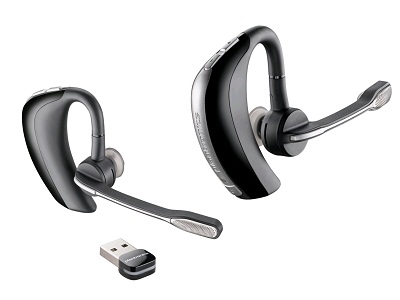Communication Solutions
WI-FI
.jpg)
WiFi is a direct replacement for a wired Ethernet cable and is used in the same situations to avoid running wires everywhere. The benefit of WiFi is that it can connect to an existing network hub or router, which means that a PC doesn’t have to be left on to access a device using WiFi. Remote access products like IP cameras use WiFi so they can be connected to a router and accessed across the Internet. WiFi is useful but not simple to implement unless you just want to connect a new device to your existing network.
BLUETOOTH
Bluetooth is generally used for point to point communication, although Bluetooth networks can be established quite easily. Typical applications we are all familiar with allow data transfer from mobile phones to PCs. Bluetooth wireless is the best solution for these point to point links, as it has high data transfer rates and, with the right antenna, very long ranges of up to 1KM in ideal circumstances.
The commonest application we deal with is replacement of serial cables by using a serial to Bluetooth converter on one end e.g. solar panel array, and a USB to Bluetooth adapter to connect to a laptop or PC on the other end. These types of link are very easy to setup, often by just pressing a pairing button on the units to create a permanent Bluetooth link.

Wireless Link

What about wireless link? This is a wireless protocol that also operates in the 2.4GHz and 5.8GHz, like WiFi and Bluetooth, but it operates at much lower data rates. The main advantages of wireless link are
- Low power consumption
- Very robust network
- Up to 65,645 nodes
- Very easy to add or remove nodes from the network
Applications
Vehicles
- transmission of news, road condition etc
- ad-hoc network with near vehicles to prevent accidents
Emergencies
- early transmission of patient data to the hospital
- ad-hoc network in case of earthquakes, cyclones
- military ...
Traveling salesman
- direct access to central customer files
- consistent databases for all agents
- mobile office
Web access
- outdoor Internet access
- intelligent travel guide with uptodate location dependent information
Entertainment
- games, etc
Disconnected operations
- file-system caching for off-line work
- mobile agents, e.g., shopping